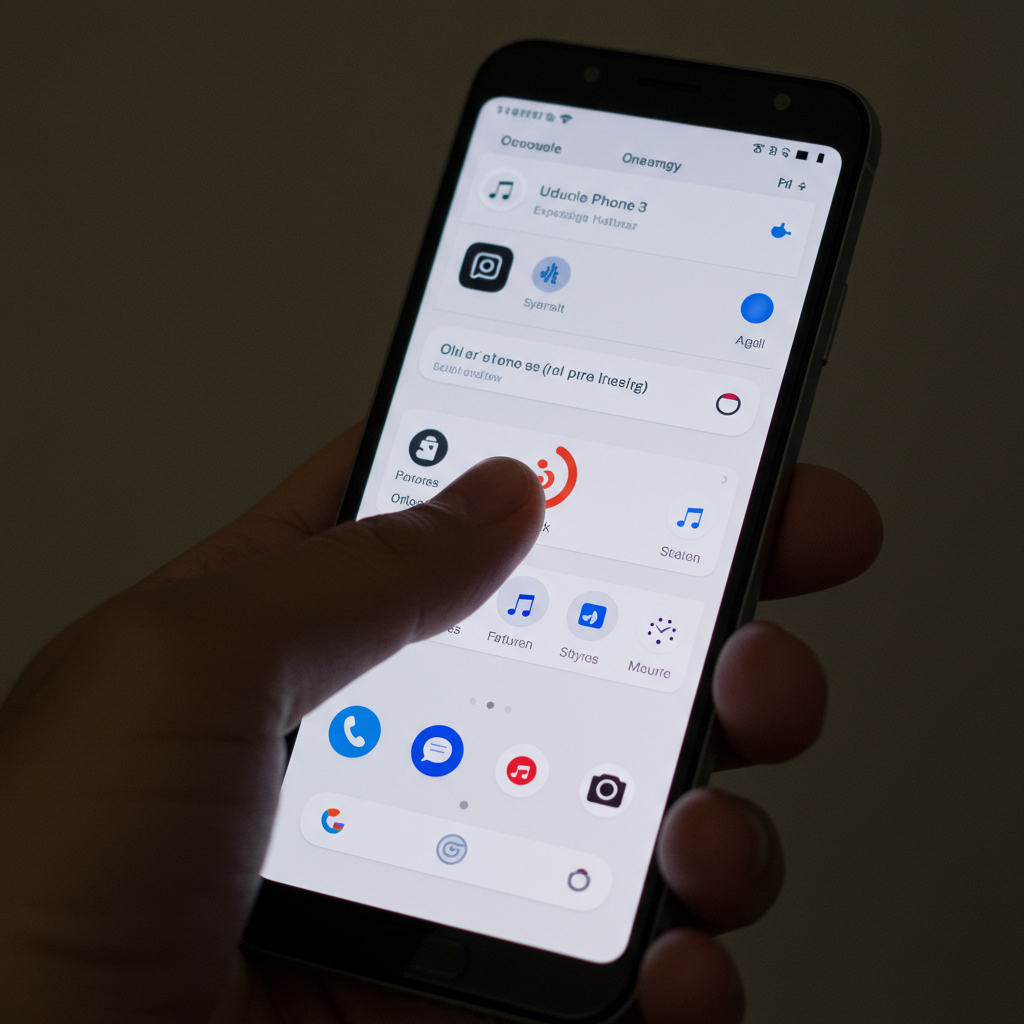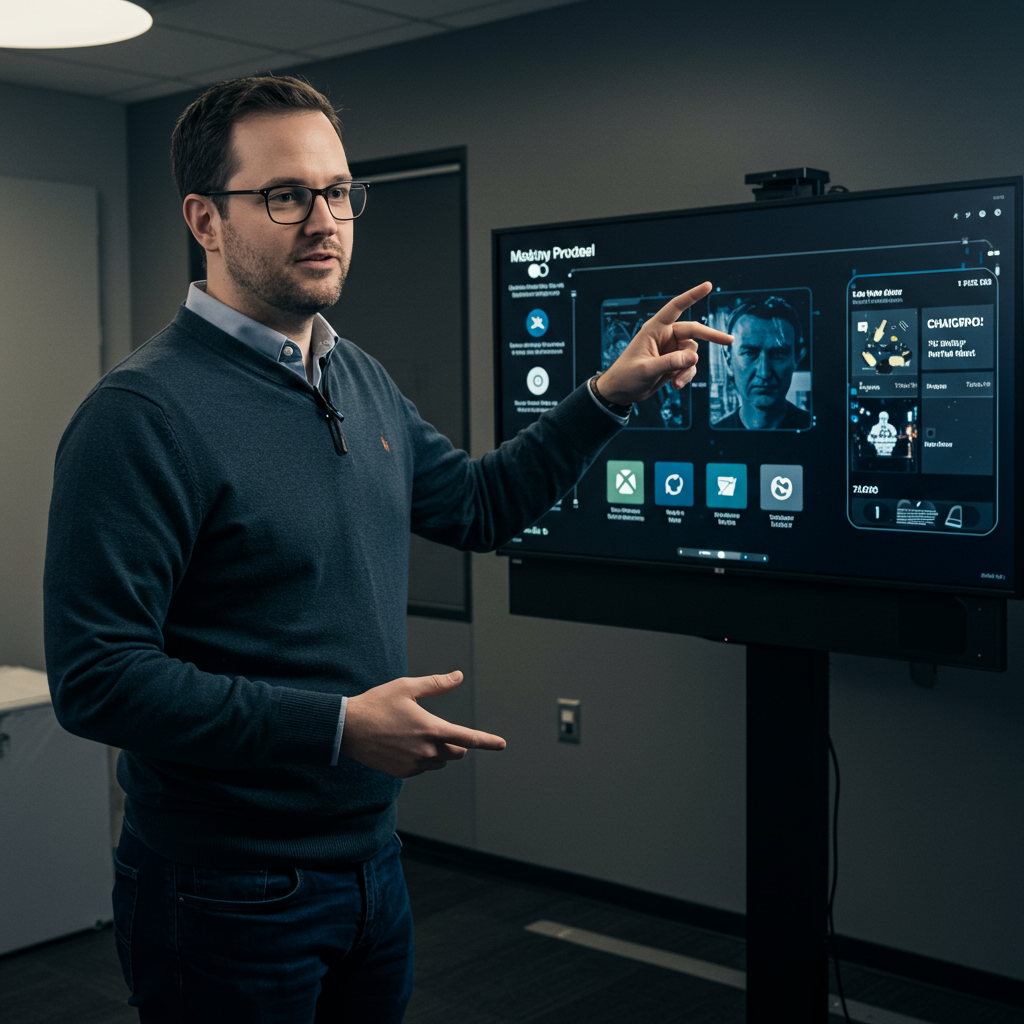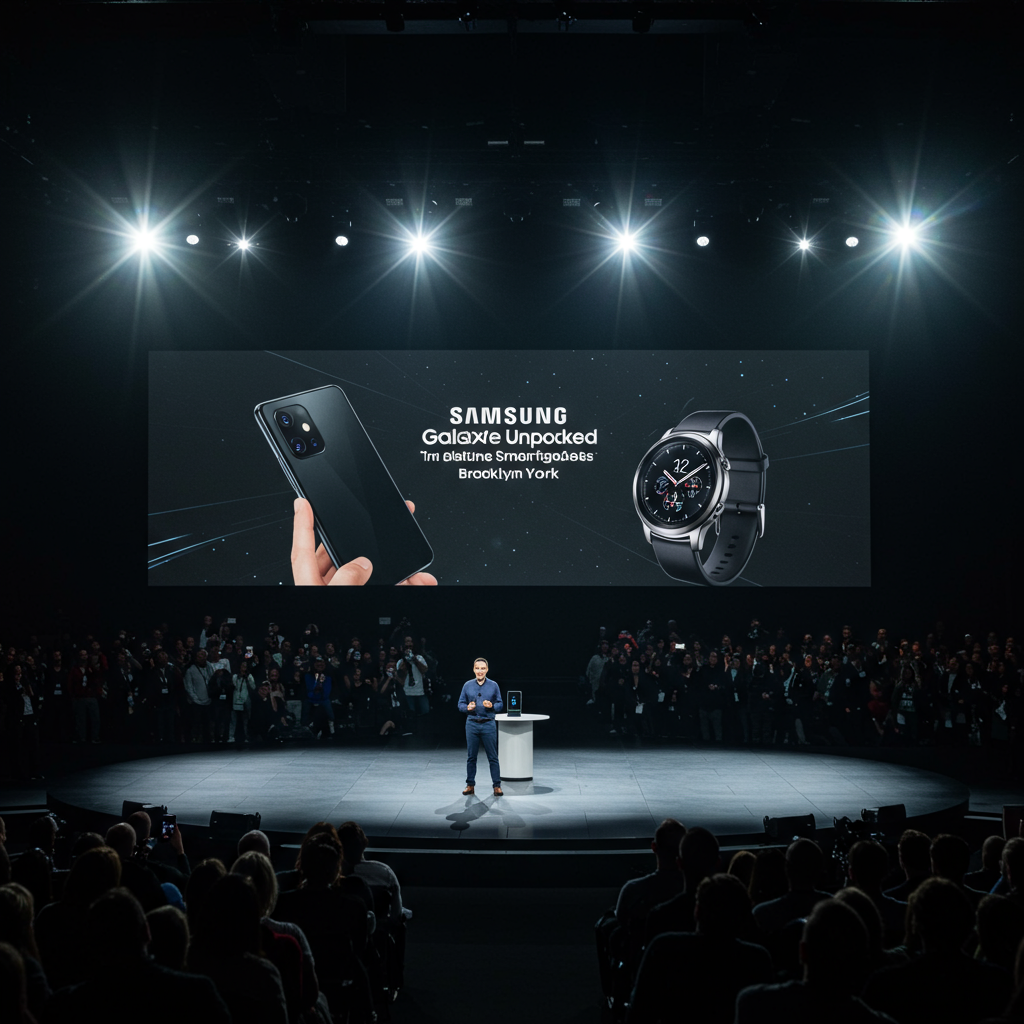The Google Phone app, often referred to as Phone by Google, is receiving a substantial visual overhaul and a practical new feature aimed at enhancing how users handle incoming calls. This update brings the app in line with Google’s latest design language, Material 3 Expressive, while also introducing customizable call answering gestures. The rollout is currently underway for users in the app’s beta channel.
This widespread redesign touches numerous parts of the application interface, presenting a smoother, more modern aesthetic. While the core four-tab bottom navigation bar maintains its layout, its background has been updated to a darker shade. The familiar “Search contacts” field retains its position at the top.
A Comprehensive Visual Refresh
The Material 3 Expressive changes are evident throughout the app:
Recents and Favorites: Call entries in the Recents tab and contacts in the Favorites section are now contained within distinct, rectangular cards with rounded corners, replacing simpler list formats or outlines. This card-based approach enhances visual separation and clarity.
Dialer: The main dialer screen also adopts this new container style for its background sheet, featuring rounded corners. The number pad itself remains visually unchanged.
Filters: The various call filters (All, Missed, Contacts, Non-Spam, Spam) have been refreshed, shedding their previous outline appearance for a more integrated look.
Settings: The main list interface within the app’s settings menu has also been updated with the Material 3 Expressive styling, making elements like settings and recent/suggested contacts more visually distinctive by placing them in these new “boxes”.
New Ways to Answer Incoming Calls
Beyond the visual updates, a significant functional change is the introduction of new options for handling incoming calls. A new “Incoming call gesture” menu in settings allows users to choose their preferred method:
Single tap: This option presents a straightforward interface with dedicated “Answer” and “Decline” buttons that users simply tap.
Horizontal swipe: For those who prefer gestures, this classic method remains, featuring a pill-shaped slider. Swiping the phone icon right answers the call, while swiping left declines it.
The incoming call screen itself has been redesigned, utilizing a distinctive scalloped Material 3 shape. This screen visually rotates until the user takes action. Buttons like “Urgent?” and “Message” on this screen are housed within prominent pill-shaped containers.
Live Call Screen Enhancements
Even the screen displayed during an active call sees changes. The traditional circular action buttons have been replaced by pills. These pills visually morph into rounded rectangles when selected, and the spacing between controls has been updated for better readability. The end call button, a critical element, has been redesigned as a wider, more prominent pill, making it easier to spot and tap quickly. UI elements on this screen, including caller names and photos, have also been made larger for improved visibility during a call.
Rollout Status and Broader Context
This Material 3 Expressive redesign and the new call gestures are rolling out with beta version 180 of the Phone by Google app. Access is currently limited to a subset of beta testers and requires a server-side update from Google, similar to how redesigns for other Google apps like Messages have been deployed.
The appearance of Material 3 Expressive in the Phone app and other Google apps, like the Clock app which recently received lighter visual refreshes aligning with the design principles (bolder text, clearer toggles), suggests that Google is integrating this new language across its ecosystem sooner than some might have anticipated, potentially ahead of a full system-wide rollout with future Android versions like Android 16. While users on Pixel phones running stock Android are likely to see a more cohesive experience as Google updates its apps, users on devices from other manufacturers with custom Android skins may see these changes integrated gradually as manufacturers adapt.
This phased beta rollout allows Google to test the stability and user reception of the new design and features before a wider public release.




